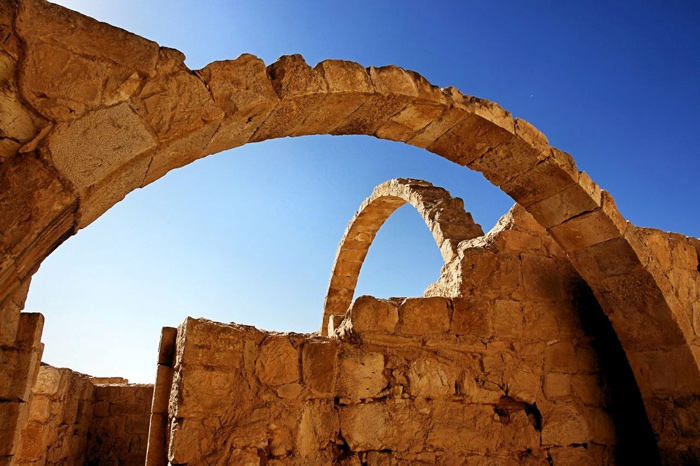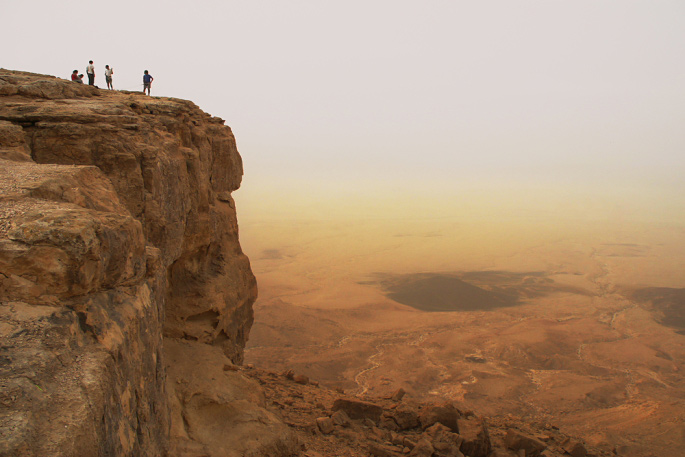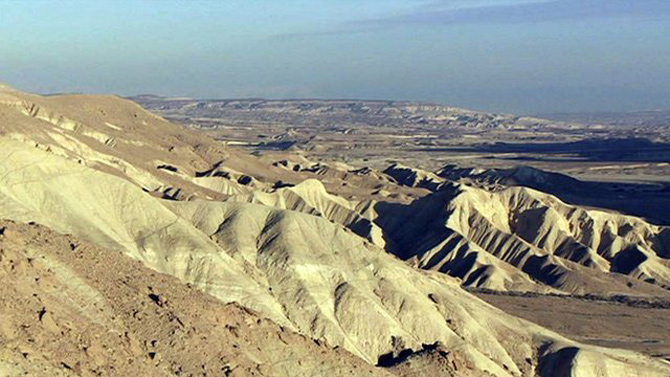The road of aromatherapy and deserted Negev cities
The United Nations Scientific, Educational and Cultural Organization has recognized the aromatherapy pathway and the desert cities of Israel's Negev as a World Cultural Heritage in 2005.

The road of aromatherapy and deserted Negev cities is the name of a group of cities in the Negev desert in southern Israel. Formerly, this was the trade and trade route of flavoring from Saudi Arabia to the Mediterranean. Four cities in the desert cities include Avdat, Haluza, Mamshit, Shivta . On this trade route, the old traders traded all kinds of ingredients including agarwood, pineapple resin and spices from the 3rd century BC to the 2nd century AD.

All four cities in the desert cities list have many ancient fortresses, agricultural lands, and complex water and irrigation systems. These buildings are built to overcome the harsh climate of the desert.The aromatherapy road stretching more than 2,000 kilometers with many convenient routes facilitates the transportation of frankincense, aromatics from Yeman and Oman to the Mediterranean. All four desert cities are on the roads of the aromatherapy path and are rich cities around that time. Located in the desert with a year-round dry climate, desert cities must build extremely complex water and irrigation systems. These systems include dams, channels, reservoirs, reservoirs.

Thanks to irrigation systems, people living in desert cities can grow crops, raise animals and do business. Besides, the trade and economy of these cities is quite developed thanks to the aromatherapy path.

On this road, frankincense and many other precious spices were taken to the Mediterranean by traders
Unesco's flavor road and desert cities in the Negev region are recognized as Cultural Heritage by the following criteria:
Criterion (iii): Desert cities and trade routes are a testament to the importance of economics in social and cultural development. The route also provides a means of trade not only for incense and other commercial goods but also for people.
Criterion (v): Monuments, traces of the fortress, irrigation systems in deserted cities show the development of economic and scientific period.


Flavors and spices are shipped from Arabs across the desert through the Mediterranean to trade and trade
The towns and fortresses combine trade routes, trade and irrigation systems to unify agricultural production, creating a living area for Arabs and the Mediterranean. busy, prosperous.



The architecture and traces left to this day of the desert cities.
In ancient times more than 2000 years ago, Tram Huong was the main material for processing fragrant water and cosmetics for kings. Ancient Greeks and Romans used this material in large quantities. The price of frankincense at that time was more expensive than pure gold. It is this demand that promotes the exchange and trading of this rare aroma. At the first time, there were only a few small trade groups carrying precious aromas, including incense from the Arabian desert to Greece to trade and trade. Gradually, seeing a huge profit from this item, there were more and more merchant groups carrying aromas across the desert to trade in Greece. It was from there that the aromatherapy path was formed. From this aromatherapy path, the city, the upper town on the roads is formed. These cities were originally just rest stations for merchants on the trans-desert road with resting places, food and camel drinking water and health. Then gradually, proportional to the increasing development of trade unions, towns formed, and growing, growing into cities with a large number of people living.
Currently, the Aromatherapy Road and the desert cities of the Negev are facing a great threat that is desert . Wind, sand storms, extreme weather have destroyed the cities, fortresses and irrigation systems of these cities. Historical scientists have now built many research and archaeological stations to explore and excavate and take measures to protect the remains of this unique world cultural heritage of Israel.
- Aromatic essential oils: Assassins silently?
- Can smart lines connect to the internet and replace people calling for ambulance?
- Discover the origin of the ancient lake under the desert
- Legend of the famous 'Silk Road' in history
- The most spectacular routes on the planet
- Shivered with the path of death
- The apartment has a busy road on the roof
- No one dared to set foot in the middle of New York
- The road of 'hell' kills more than 100 people in the UK
- The aromatic oil of the aristocratic family of the 16th century French
- The most beautiful routes in the United States
- The road is over 3,000 meters high through the canyon
 Suzhou classic bonsai garden - China
Suzhou classic bonsai garden - China Chau Nguyen Dynasty
Chau Nguyen Dynasty Thai Son Mountain - World Wonder
Thai Son Mountain - World Wonder Ancient villages of Shirakawa-go and Gokayama
Ancient villages of Shirakawa-go and Gokayama